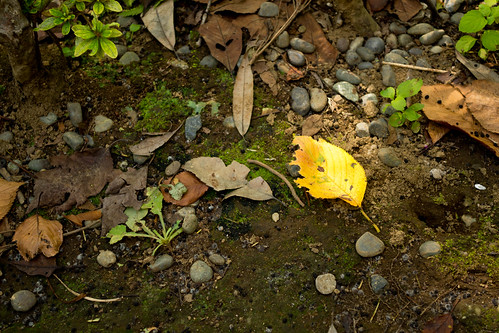Bike Love Haiku
“Lindy in the Rain” by Bruce Turner
?????
??????
????
The rain now has come.?
Wear a swimsuit and ride.
Road bike love.
I wrote this Haiku because I ride in any weather. Unless there is a snow storm and it’s -10 degrees,
you will probably find me on my bike. One day, while getting ready to ride to work, I realized that my clothes would be soaked before I even got 2 blocks down the street. So on that day I decided to try something new. It was a relatively warm day for a Japanese November so I put on my swimsuit and rode to work. Everyone I passed on the road thought I was crazy. It was raining like a typhoon and here I am cruizing down the road in a helmet and swimsuit. When I got to work my messenger bag was still dry on the inside thankfully and my work clothes were all dry and warm. My manager was not to pleased when I strolled into work with my soaking wet attire. He thought I had planned to work that day in my swimsuit, dripping wet. He was really relieved when I told him I had more clothes but I got a laugh out of his reaction to seeing me first walk in the store.



